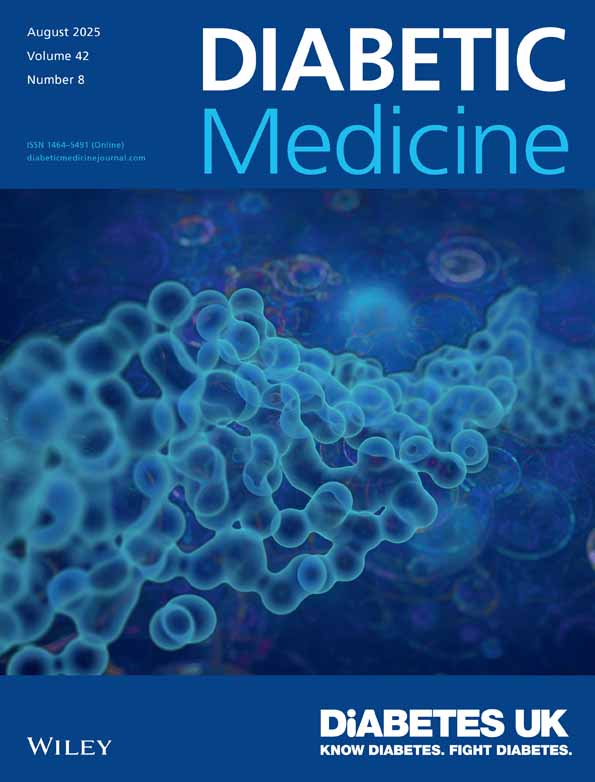Insulin lispro: a potential role in preventing nocturnal hypoglycaemia in young children with diabetes mellitus
Abstract
Aims The long duration of action of soluble insulin given in the evening could contribute to the high prevalence of nocturnal hypoglycaemia seen in young children with Type 1 diabetes mellitus (T1DM). We examined whether replacing soluble insulin with insulin lispro reduced this risk in children on a three times daily insulin regimen.
Methods Open crossover study comparing insulin lispro vs. soluble insulin in 23 (16 boys) prepubertal children (age 7–11 years) with T1DM on three injections/day; long-acting isophane insulin remained identical. At the end of each 4-month treatment arm, an overnight 15-min venous sampled blood glucose profile was performed.
Results Despite similar blood glucose levels pre-evening meal (lispro vs. soluble: mean ± se 6.5 ± 1.0 vs. 7.1 ± 1.1 mmol/l, P = 0.5), post-meal (18.00–22.00 h) blood glucose levels were lower on insulin lispro (area under curve 138 ± 12 vs. 170 ± 13 mmol min−1 l−1, P = 0.03). In contrast, in the early night (22.00–04.00 h) the prevalence of low blood glucose levels (< 3.5 mmol/l) was lower on lispro (8% of blood glucose levels) than on soluble insulin (13%, P = 0.01). In the early morning (04.00–07.00 h) mean blood glucose and prevalence of low levels were no different between the two treatment groups, and fasting (07.00 h) blood glucose levels were similar (6.1 ± 0.8 vs. 6.3 ± 0.9 mmol/l, P = 0.8). At the end of each treatment arm there were no differences in HbA1c (lispro vs. soluble 8.6% vs. 8.4%, P = 0.3), or in insulin doses (mean, range 0.97, 0.68–1.26 vs. 0.96, 0.53–1.22 U/kg per day, P = 0.2).
Conclusions The shorter duration of action of insulin lispro given before the evening meal may reduce the prevalence of early nocturnal hypoglycaemia without compromising HbA1c in young children with T1DM.




